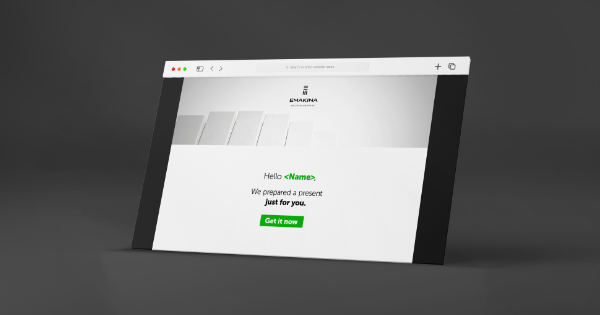Google Page Experience: when user experience becomes the new priority of the algorithms
From June, Google will base its evaluation of the user experience of a website on new criteria. Media websites, corporate websites, online shops… they will all be assessed the same way, which may have critical consequences for their natural referencing if they are not adapting. This update is called Google Page Experience.
What is behind Google Page Experience?
For several years, Google has been pushing website publishers to apply several priority and secondary rules. Depending on their maturity, such as the implementation of HTTPS, Google has been prioritizing certain websites over others in the past. This is probably also what will be happening with the Google Page Experience and its three new data called the Core Web Vitals.
Core Web Vitals
The Core Web Vitals are made of three elements.
- The Largest Contentful Paint (LCP) metric evaluates the time needed to display the largest visible element of a web page. It must be lower than 2.5 seconds.
- The First Input Delay (FID) measures the delay between the moment the user interacts with a page (for example: he clicks a link) and the moment the browser answers his interaction. It must be less than 100 milliseconds.
- The Cumulative Layout Shift (CLS) assesses the website’s layout stability by monitoring all the unexpected layout shifts occurring during the lifespan of a page. It must be lower than 0,1.

These three criteria have only recently been added into Google Search Console, and already give a good indication of whether your website offers a good user experience. While the Core Web Vitals are at the heart of the Google Page Experience update, there are other pieces of information to consider.
What is more?
Along the Core Web Vitals, Google considers a few items judged as necessary to provide a good user experience:
- Websites must be mobile friendly: this means they should have a responsive or mobile version.
- Websites with security elements, such as Safe Browsing and HTTPS navigation are better evaluated than the others.
- Using interstitials is considered too intrusive and websites using them will be penalised.
As of June, the Google Page Experience update will consider and measure each of these points. This particular focus on Core Web Vitals shows that speed is no longer the only component of a good user experience. A good visual experience is as well.
UX, SEO, and e-commerce.
It may seem strange to bring UX and SEO together, but this is what e-tailers will have to anticipate. SXO will gain in popularity. This technique consists of optimising the user experience to rank better in search engines. Having a well-designed e-commerce platform is one thing, having a well-referenced one is another.
We often tend to forget that the first users of a website are the search engine crawlers. As months go by, they behave more and more like real users. The Google Page Experience update is there to remind us about it. For brands with an e-commerce (re)design project, it is therefore crucial to take these new criteria into account so that the future website is not obsolete before it goes online. For brands with efficient and well referenced e-commerce websites, this is an opportunity to ensure that it will remain that way in the future.
At Emakina our approach is the following. Our experts will first conduct an audit of your website, focusing on the Core Web Vitals. Other metrics are then added to define concrete and measurable points of improvement. We collaborate with you to then establish a clear roadmap for optimising the platform through quick wins. Once everything is set, we monitor and analyse the performance of these developments and continuously adapt to improve the platform’s ranking.
Since its creation, Emakina has always emphasized the importance of investing in the user experience to become a strong brand. In a few days now, Google will not leave brands much choice. It will be necessary, once and for all, to rethink the way to build and deliver a simple, effective and memorable experience. If this wasn’t on your priority list, it looks like Google has just rearranged your agenda.




